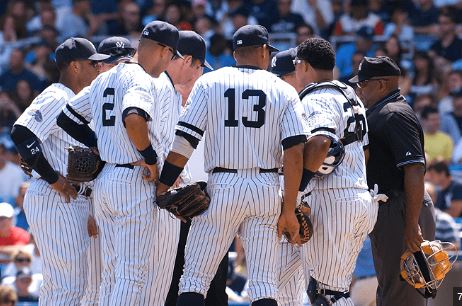When you’ve lost 71 games before the trade deadline, it’s clear you should be open for business. With the worst record in baseball, the Chicago White Sox are expected to be major sellers this month. Their two most valuable assets, Garrett Crochet and Luis Robert, are likely to fetch substantial returns if traded. Michael Kopech, on the other hand, may not draw as much interest.
It’s not due to a lack of talent. The former first-round pick climbed steadily through the Red Sox and then the White Sox farm systems, reaching Baseball America’s No. 11 prospect ranking before the 2018 season. He made his debut for Chicago that year, giving up just one run in his first three starts while showcasing the fastball that received a perfect 80 grade in his initial scouting report.
In his fourth start, however, Kopech tore his UCL, ending his season and necessitating Tommy John surgery. The right-hander faced a long road to recovery, missing the entire 2019 season and opting out of the 2020 COVID-shortened campaign. When he returned, Kopech performed well, primarily in relief, during an injury-shortened 2021 before joining the White Sox rotation the following season. He seemed poised to maintain this role, achieving a 3.54 ERA in 25 starts in 2022.
Unfortunately, Kopech became a central figure in the White Sox’s disappointing 2023 season. He finished with a 5-12 record, a 5.43 ERA, and a 6.46 FIP, issuing more walks than any other AL pitcher. This performance led to his removal from the rotation but also opened the door for a new role. Entering this season, the White Sox assigned Kopech to closer duties, hoping his elite velocity would be effective in late-inning situations.
This plan has not worked out. Kopech has gone just 9 for 14 in save opportunities, posting a 5.05 ERA. Opponents have been making solid contact against him at a 12.4-percent rate, ranking in the second percentile, and drawing walks in 12.7 percent of plate appearances, ranking in the seventh percentile. His slider, which he used 27.2 percent of the time last year, is being used less than 10 percent this year, with opponents batting .280 against it.
Why therefore would a contender—even the Yankees, who have faced attrition in their bullpen—think about making a trade for Kopech? There are still several advantages for the 28-year-old. His walk rate, while still near the bottom of the league, has improved significantly as well. His 98th percentile fastball velo has translated to an excellent 30.9-percent strikeout rate, much above what he was producing as a starter. After moving to the bullpen, he added a cutter, which he now throws slightly more than 10% of the time and against which hitters have not yet recorded an extra-base hit.

Many of his underlying metrics, such as a .204 expected batting average against, suggest he should be performing better than his current stats indicate. Additionally, Kopech has another year of club control before reaching free agency, potentially increasing his trade value if a team can harness his talent.
Could the Yankees be interested in acquiring Kopech in the coming weeks? At last year’s deadline, their only move was trading for an underwhelming right-handed reliever from the White Sox, Keynan Middleton. Typically hesitant to part with top-tier talent, Kopech could be the type of buy-low candidate Yankees GM Brian Cashman targets to bolster bullpen depth, rather than pursuing an elite option like Mason Miller, who would require a significant prospect haul. The Yankees, along with other teams, will likely monitor Kopech’s performance after the All-Star break to determine if he’s worth the relatively low-risk investment.



